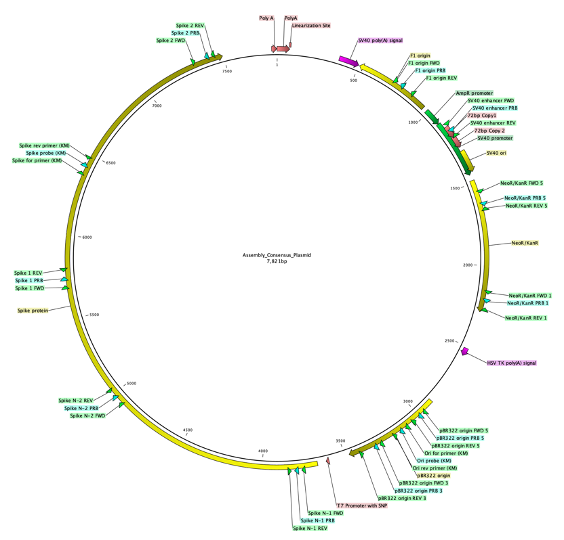Omicrons (B.1.1.529) most recent common ancestor is AV.1. Relative to this MRCA, Omicron has 25 nonsynonymous and 1 synonymous mutation in Spike, and 13 nonsynonymous and 6 synonymous mutations in the entire rest of the genome. This is very strange & I don't understand.
I have re-done the alignments and counting up of mutations, and it's even weirder than i first said.
34 discontinuous changes (that are likely independent events). only one of them is silent. the rest change amino acid. see attached pictures. to quote @K_G_Andersen this is inconsistent with expectations from standard evolutionary theory. 



this is just bonkers. there should be a butt-tonne of other silent passenger mutations hitching a ride with nonsynonymous changes under positive selective pressure. i am not invoking a sinister lab engineering event here, just something important that i do not know.
Spike is 3819 coding nucleotides. It has 33 NS and 1 S changes. The neighboring ORF3A-E-M-ORF6-ORF7A-ORF8-N-ORF10 genes have 4000 coding nucleotides. They have eight NS and three S changes. Spike is smaller and has four times the NS changes. 



positive selection on spike should drag a bunch of synonymous changes in the neighborhood along for the ride. unless spike can evolve separately from the rest of the genome.
• • •
Missing some Tweet in this thread? You can try to
force a refresh








